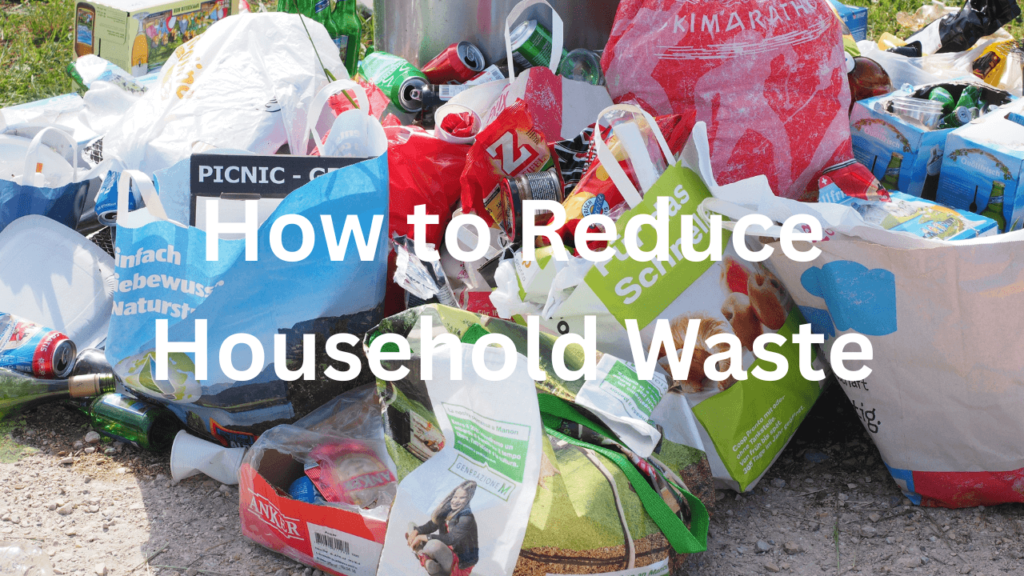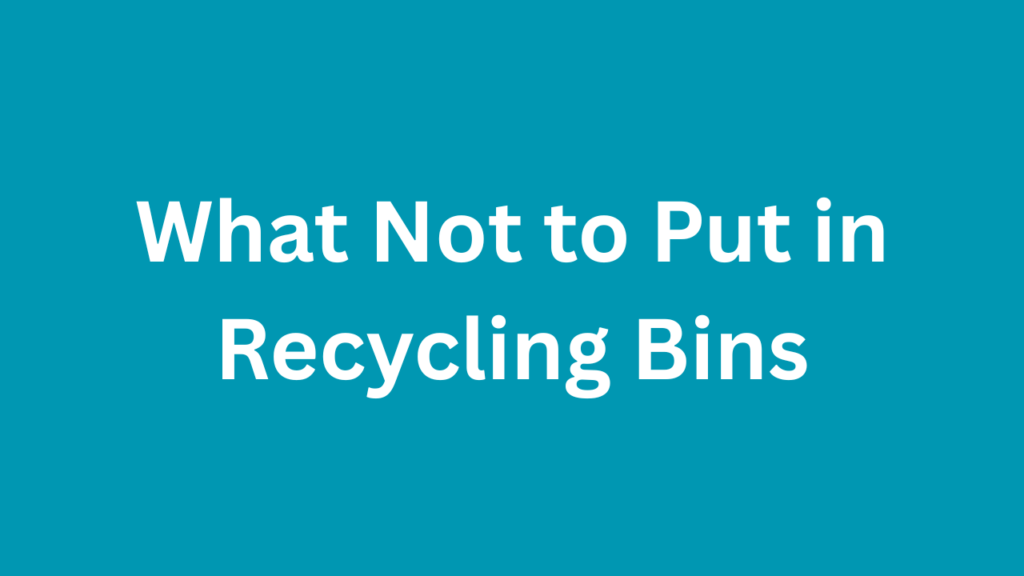Ever looked at your bin full of plastic and thought, “Can this be recycled?” You’re not alone. Plastic is everywhere—packaging, bottles, bags, containers—and while many of us try to do the right thing by tossing it into the recycling bin, we often get it wrong.
Learning how to recycle plastic properly is more important than ever. Doing it right helps reduce pollution, conserves resources, and keeps recyclable materials out of landfills. This guide will walk you through everything you need to know—from identifying recyclable plastics to avoiding common mistakes—so your recycling efforts actually make a difference.
Why Recycling Plastic Matters More Than You Think
Every year, millions of tons of plastic waste are generated—and only a fraction is recycled properly. Most of it ends up in landfills or pollutes our natural environment. Here’s why recycling plastic correctly is vital:
- Reduces environmental damage: Plastic can take hundreds of years to break down.
- Conserves natural resources: Recycling plastic uses fewer raw materials and less energy.
- Supports a circular economy: When plastic is recycled right, it can be reused to make new products.
- Prevents contamination: Improper recycling can ruin entire batches, sending everything—including the good stuff—to landfill.
Understanding Plastic Types and Recycling Codes
Before recycling plastic, it’s important to understand the different types. Most plastic products have a small triangle symbol with a number inside—this is the plastic identification code. Each number represents a different type of plastic.
| Code | Plastic Type | Common Uses | Recyclable? |
|---|---|---|---|
| 1 | PET or PETE | Water bottles, soft drink bottles | Yes |
| 2 | HDPE | Milk jugs, detergent bottles | Yes |
| 3 | PVC | Pipes, clear food packaging | Rarely |
| 4 | LDPE | Bread bags, frozen food packaging | Sometimes |
| 5 | PP | Yogurt containers, medicine bottles | Yes |
| 6 | PS (Polystyrene) | Disposable plates, cups | Rarely |
| 7 | Other | Mixed or unknown plastics | Difficult to recycle |
Step-by-Step Guide: How to Recycle Plastic Properly
Recycling plastic the right way isn’t hard—but it does take a few extra minutes. Here’s a simple step-by-step guide to get it right every time.
1. Know What Can and Can’t Be Recycled
- Check if the item has a recycling code.
- Focus on types 1, 2, and 5—these are most commonly accepted.
- If the plastic is dirty, mixed with other materials, or labeled as “compostable,” it may not be recyclable.
2. Rinse Before You Recycle
- Empty and rinse out food containers, bottles, and jars.
- Remove leftover food, liquids, and grease.
- A quick rinse is enough—no need to scrub.
3. Remove Non-Plastic Elements
- Take off bottle caps and lids (they’re often made of different plastic).
- Remove foil seals, metal clips, or other attachments.
- Labels can usually stay on—they’re removed during processing.
4. Avoid Plastic Bags and Wrappers (Unless Accepted)
- Soft plastics like film, cling wrap, and plastic bags are not accepted everywhere.
- If accepted, they must be clean, dry, and empty.
- Never place recyclables inside plastic bags—this causes contamination.
5. Flatten Bottles and Containers
- Compressing plastic saves space and helps with transportation.
- Just be sure not to trap liquids or air inside.
6. Don’t “Wishcycle”
- If you’re unsure about an item, it’s better to leave it out.
- Recycling the wrong item can spoil entire batches.
- When in doubt, look it up or leave it out.
What You Should Never Put in the Plastic Recycling Bin
Here’s a list of items that are commonly mistaken as recyclable but usually are not:
- Plastic cutlery and straws
- Styrofoam containers
- Biodegradable or compostable plastics
- Plastic toys with electronic parts
- Greasy food containers
- Plastic-coated paper (like takeout coffee cups)
- Black plastic trays (often not detected by sorting machines)
Best Practices to Make Your Plastic Recycling Count
Recycling isn’t just about what you toss into a bin—it’s about how you do it. These best practices help ensure your plastic is actually recycled:
- Keep recyclables loose – Never bag them unless specifically directed.
- Store containers properly – Make sure bins are clean and dry to avoid contamination.
- Recycle consistently – Set up a home system that makes it easy to recycle every day.
- Teach others – Share what you’ve learned with family and friends.
Eco-Friendly Alternatives to Reduce Plastic Waste
The best way to deal with plastic is to use less of it. Here are simple ways to reduce your plastic use at home and on the go:
- Use reusable water bottles, coffee cups, and shopping bags.
- Buy items in bulk or glass packaging when possible.
- Switch to bar soaps and solid shampoo instead of liquid bottles.
- Choose plastic-free packaging whenever available.
- Avoid single-use items like plastic utensils and straws.
By reducing demand for plastic, you reduce the need to recycle it in the first place.
The Recycling Process: What Happens to Plastic After You Recycle It?
Ever wonder what happens after your plastic bottle leaves the recycling bin? Here’s a simplified version of the process:
- Collection – Your recyclables are picked up and transported to a sorting facility.
- Sorting – Plastics are separated by type and cleaned of contaminants.
- Shredding – Items are broken down into flakes or pellets.
- Melting – Plastic is melted and reshaped into raw materials.
- Remanufacturing – The new materials are used to make products like containers, textiles, piping, and furniture.
This cycle helps reduce waste, save energy, and give old plastic a new life.
Plastic Recycling Myths: Debunked
There’s a lot of misinformation out there about recycling. Let’s clear up a few common myths:
Myth 1: All plastics are recyclable.
Nope. Only certain types are accepted depending on their composition and local capabilities.
Myth 2: You don’t need to clean plastic before recycling.
False. Contaminated recyclables can cause the whole batch to be discarded.
Myth 3: You should bag your recyclables.
Wrong. Recyclables should be placed loose in the bin—plastic bags jam sorting machines.
Myth 4: One person’s effort won’t make a difference.
Inaccurate. Every item properly recycled prevents pollution and conserves resources.
Frequently Asked Questions About How to Recycle Plastic
What types of plastic can be recycled?
Plastics labeled with recycling codes 1 (PET), 2 (HDPE), and 5 (PP) are the most widely accepted. These include water bottles, milk jugs, detergent containers, and yogurt tubs.
Can plastic bags be recycled?
It depends. Plastic bags and soft plastics may be accepted by specific programs, but they usually require separate collection and must be clean and dry. Don’t place them in your regular recycling bin unless instructed.
Do you need to wash plastic before recycling?
Yes. Rinse out food and drink containers to remove visible residue. Clean plastic helps prevent contamination during the recycling process.
What happens if I put the wrong plastic in the bin?
Contaminants can cause the entire recycling batch to be rejected and sent to landfill. When in doubt, check your local guidelines or err on the side of caution.
Are plastic bottle caps recyclable?
Some programs accept them, but others don’t. Generally, it’s a good idea to remove the cap and recycle the bottle separately unless you’re told otherwise.
Final Thoughts: How to Recycle Plastic Effectively
Recycling plastic may seem straightforward, but doing it right takes a bit of effort and awareness. By following these best practices—checking codes, rinsing containers, avoiding soft plastics when necessary, and educating yourself on what your local collection service accepts—you make sure your good intentions result in real impact.
Remember, the key takeaways are:
✅ Know what plastics are recyclable
✅ Clean and sort properly
✅ Avoid contamination and overconfidence
✅ Reduce and reuse first—recycle last
Every small action adds up. When we recycle plastic properly, we contribute to a healthier planet for everyone.



